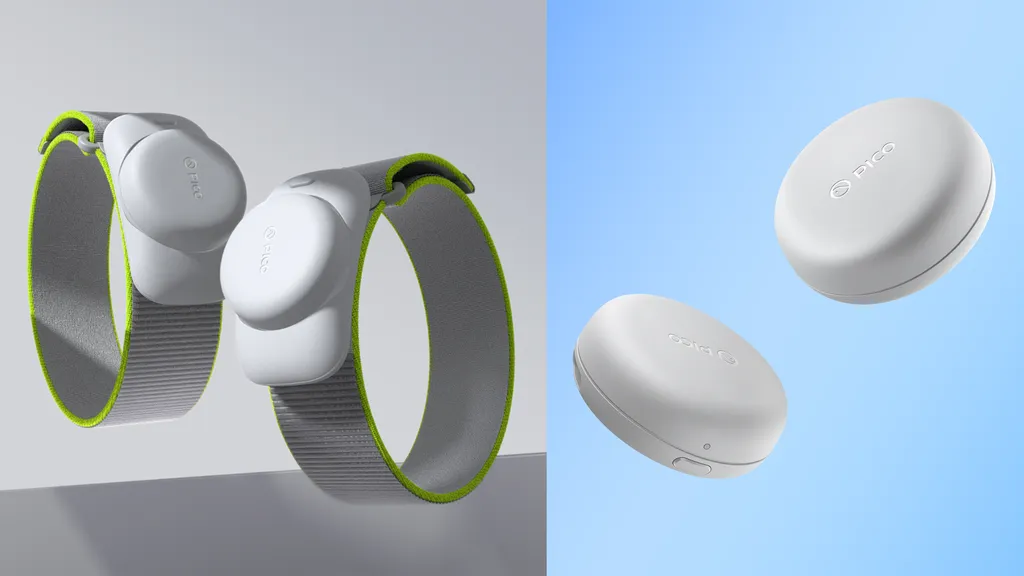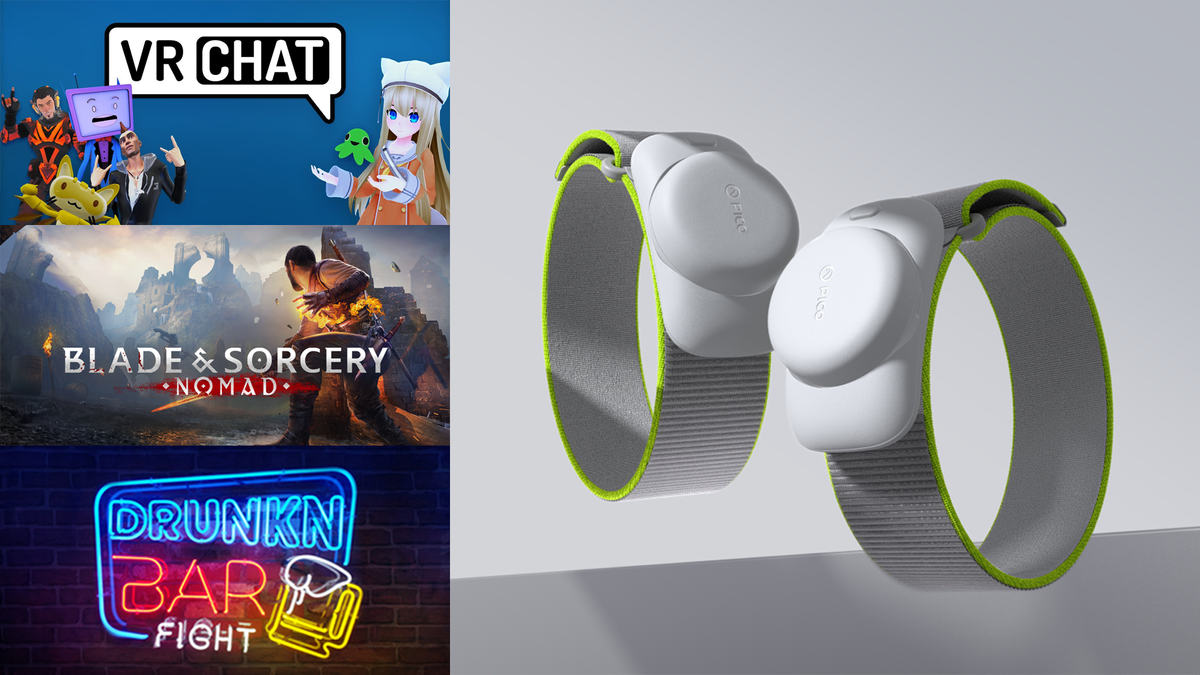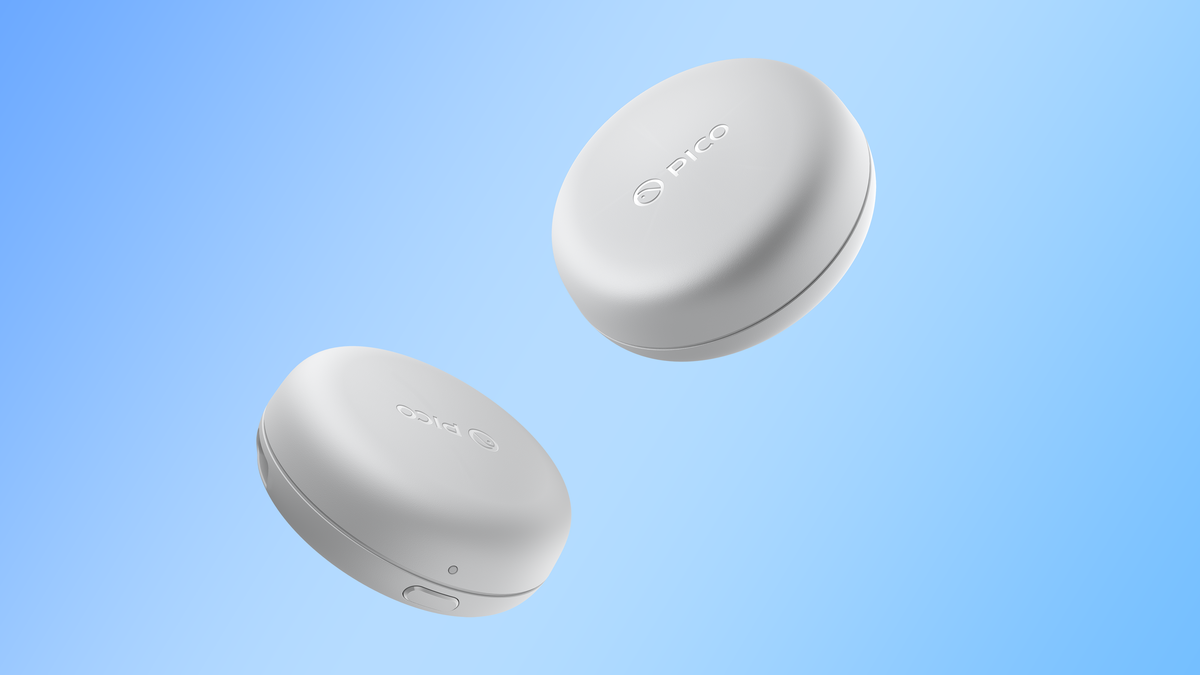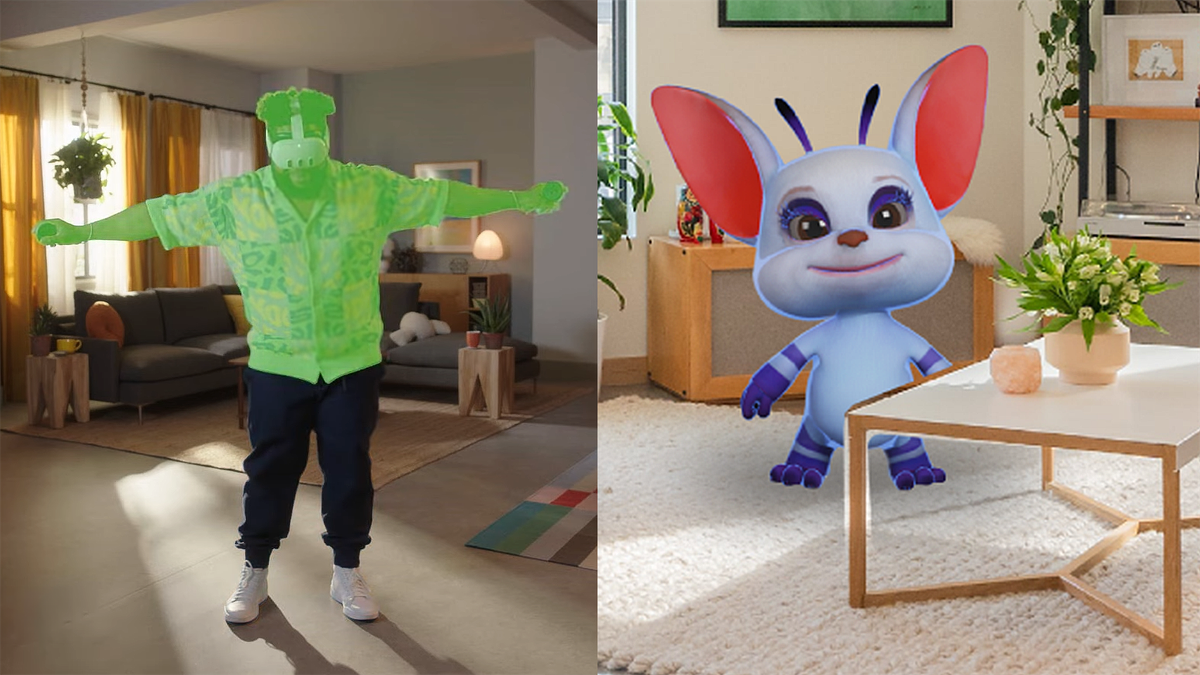Meta's CTO says the company won't make motion trackers for Quest unless Pico Motion Trackers do so well they prove him wrong.
During his ask me anything (AMA) session on Instagram this week, Andrew Bosworth was asked whether Meta was working on something similar to the Pico Motion Trackers that ByteDance is shipping alongside Pico 4 Ultra.
Sold at £80/€90 for a pair, and included with preorders, Pico Motion Trackers add leg tracking to Pico 4 Ultra, Pico 4, and Pico Neo 3 via you strapping them onto your ankles. They'll be supported in VRChat on both standalone and PC at launch, as well as games like Blade & Sorcery: Nomad and Drunkn Bar Fight in future updates.
Pico Motion Trackers weigh just 27 grams, calibration is handled using the headset's cameras in a couple of seconds, and they have a claimed 25 hours of active battery life.
It's also possible to use Pico Motion Trackers as general object trackers, especially useful for businesses and location-based entertainment venues, and they can even pass through data from custom devices via USB-C.
But Bosworth doesn't seem to think there are enough use cases to justify Meta launching an equivalent accessory for Quest. Here's his full answer explaining why Meta won't be making trackers for Quest:
"No.
Those Pico trackers seem cool and I think it's fun that they're doing that. I haven't had a chance to play with any of the new stuff out of [Pico] but it's great to see people continuing to push and innovate and try different things.
I think there's just not that many use cases where people need that high of a degree of precision on extremities. It's not zero. If you're a dance enthusiast in VRChat and you want to show off those moves (and by the way, I'm actually a keen dancer and have decent footwork, so I respect that) it's great - I'm glad people have a chance to do that and they have a path for that.
But I think getting this thing to be mainstream where we make this something that way more people use - I'm not sure that the juice is worth the squeeze. And I don't mean that from a business standpoint, I mean even for the consumer in terms of what they get out of it.
I hope it goes so well for them, and they prove me wrong and then we'll have to do it."
His answer suggests Meta is squarely focused on its core mission of expanding VR and mixed reality from the tens of millions of users of today to hundreds of millions and eventually a billion. For Bosworth, even more devices you have to charge and strap to your body aren't part of achieving that.
Quest 3 supports inside-out upper body tracking, using its downwards-facing side cameras to track your wrist, elbows, shoulders, and torso. Based on Bosworth's answer, unless Pico Motion Trackers are a major breakout success, Quest owners hoping for official leg tracking will likely have to wait for mobile chipsets and computer vision to advance enough to enable tracking them from the headset itself.































